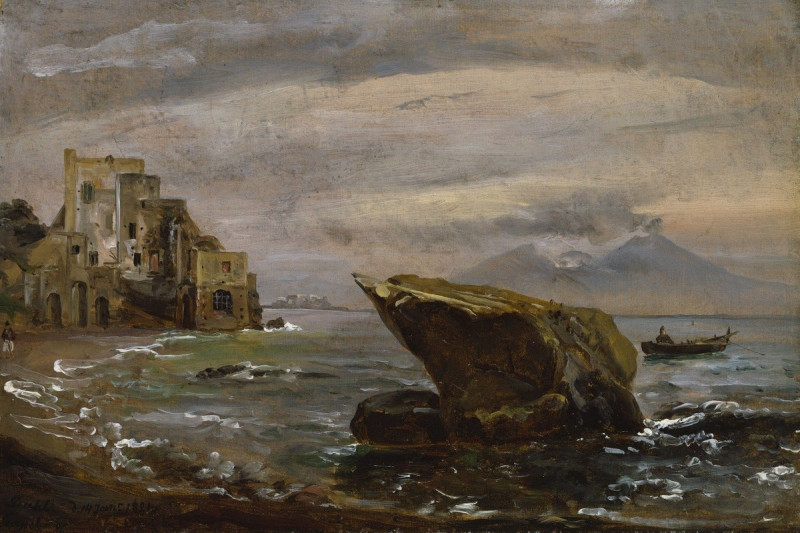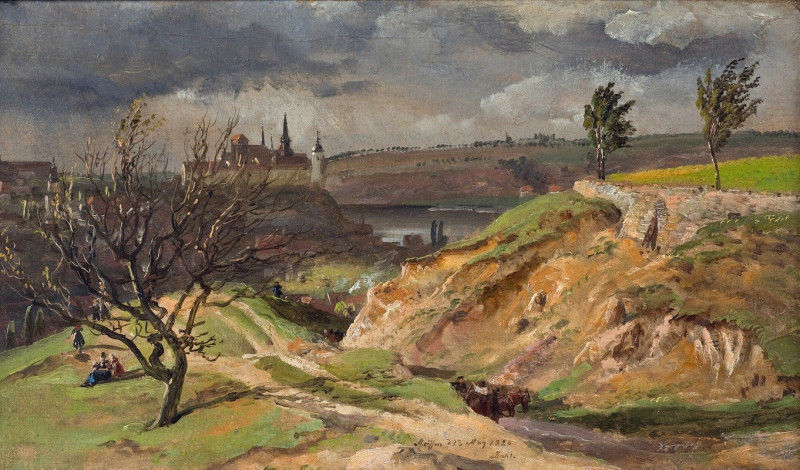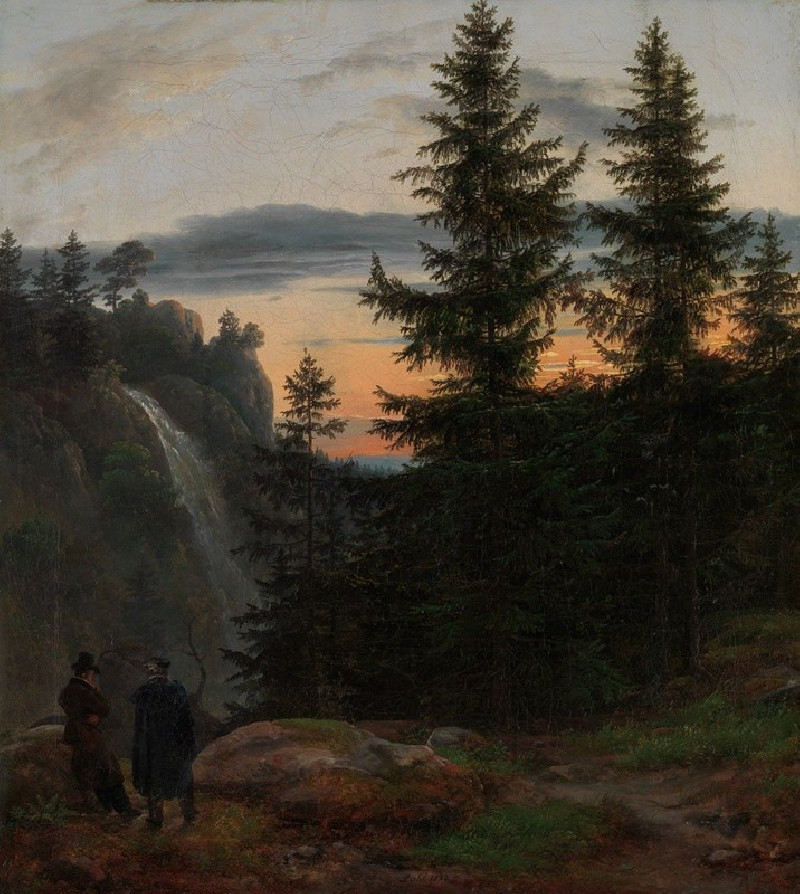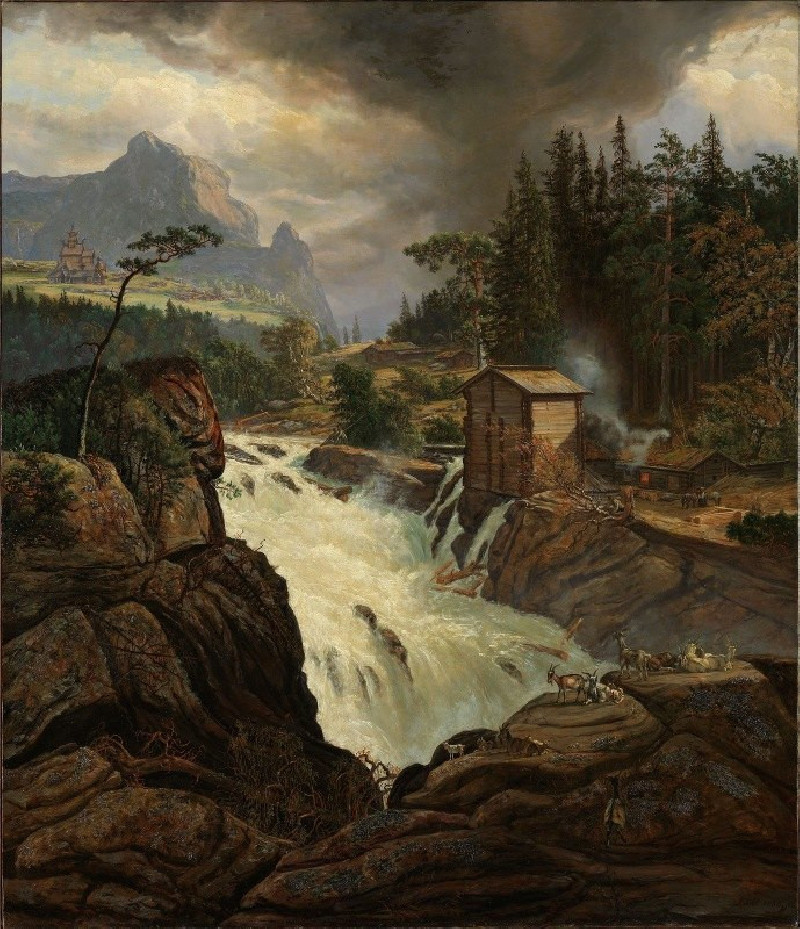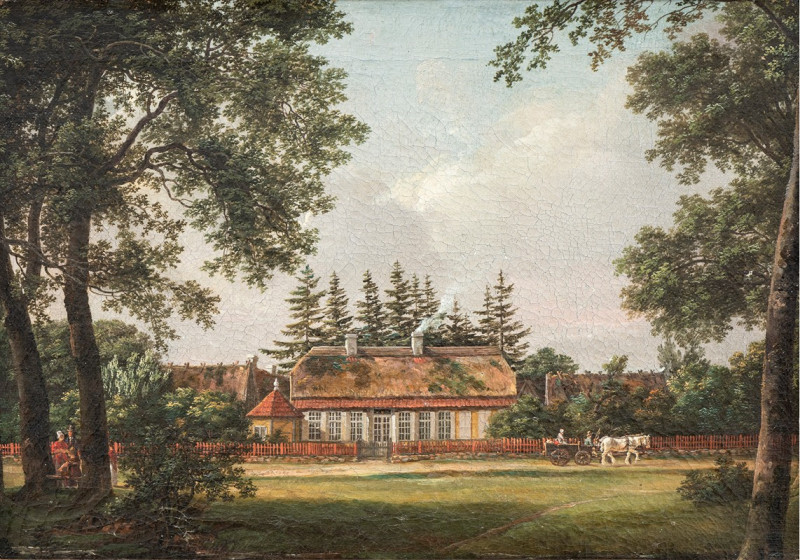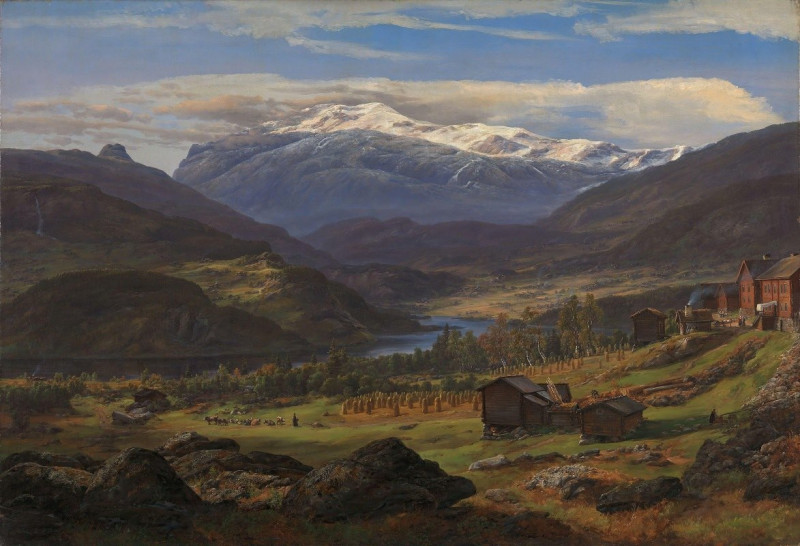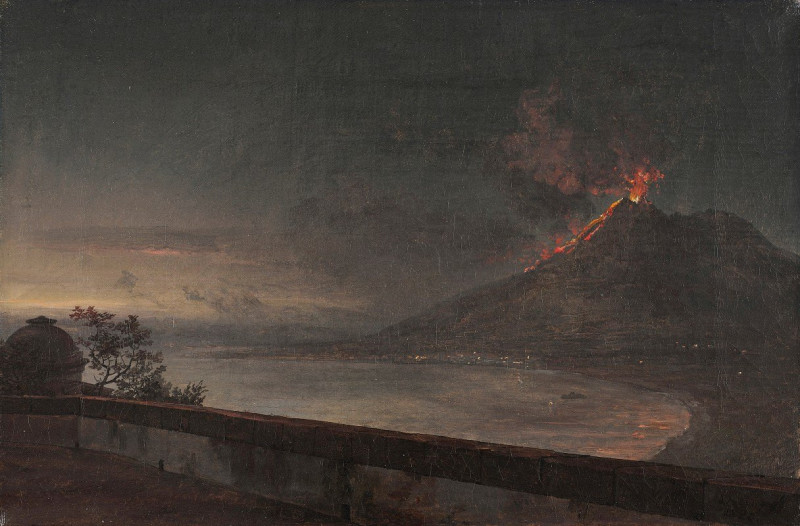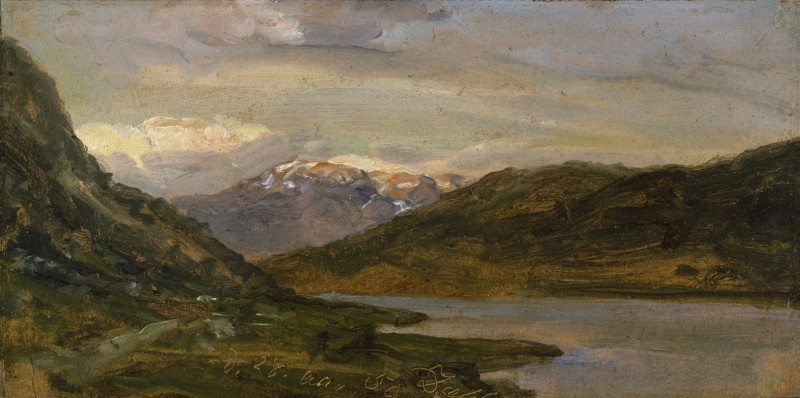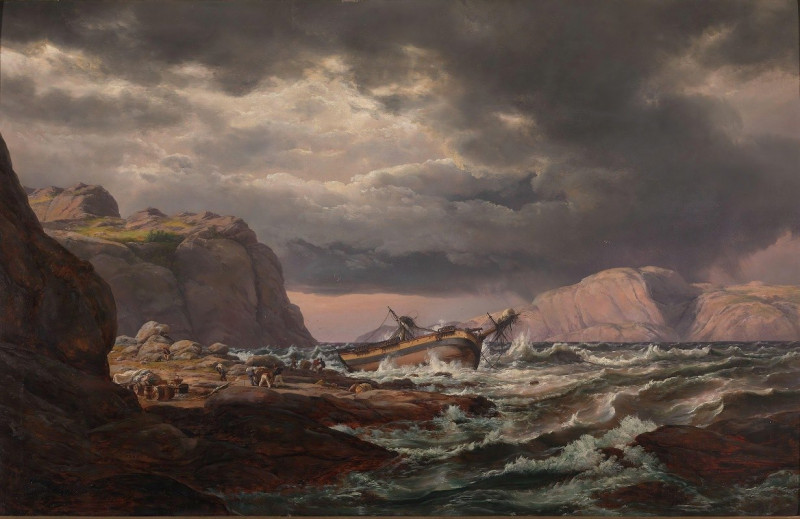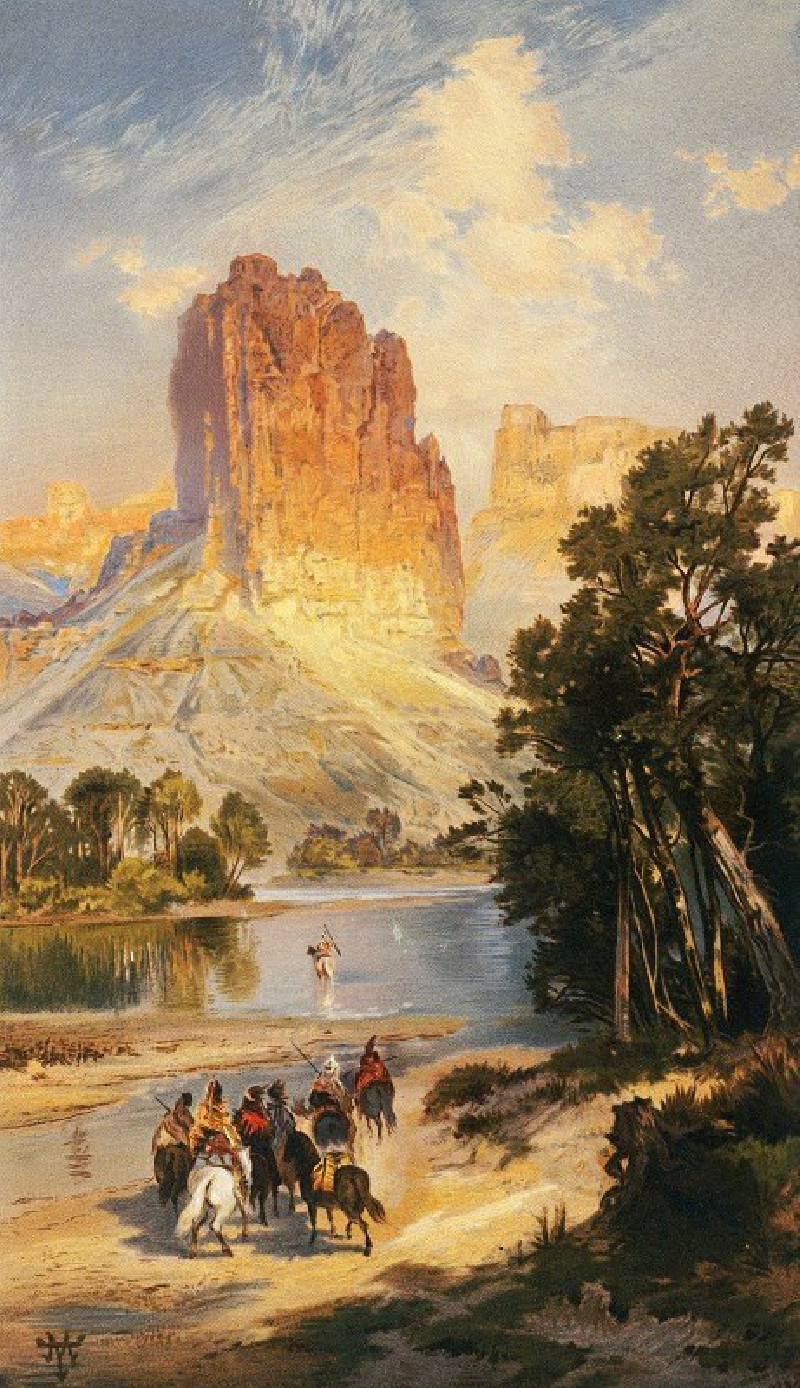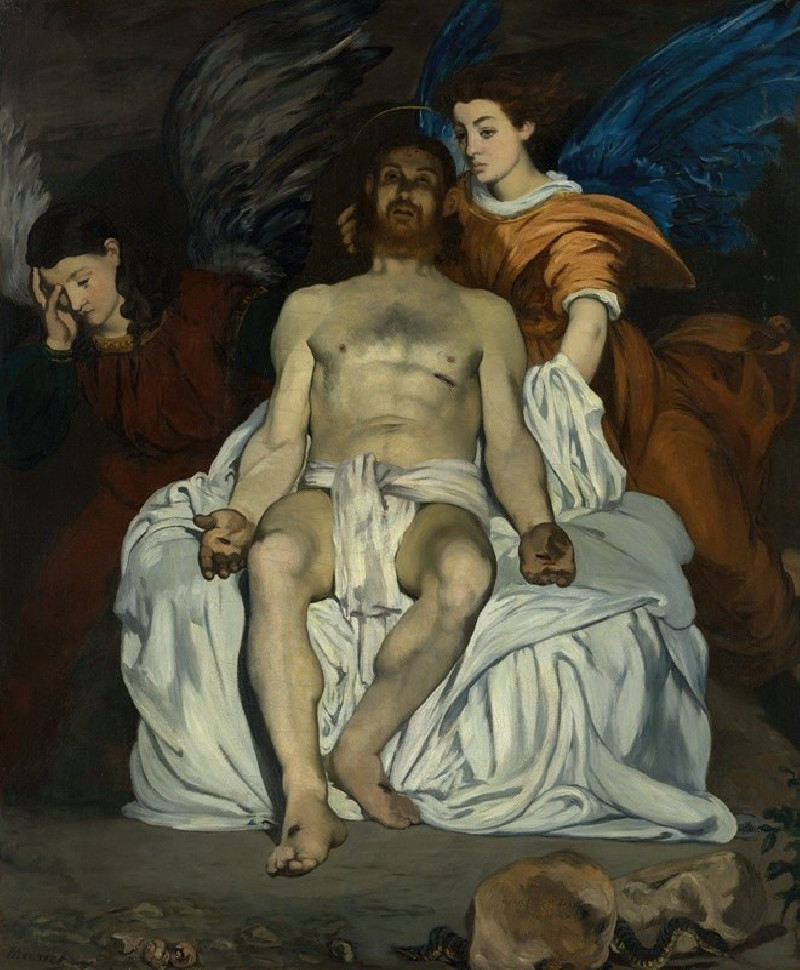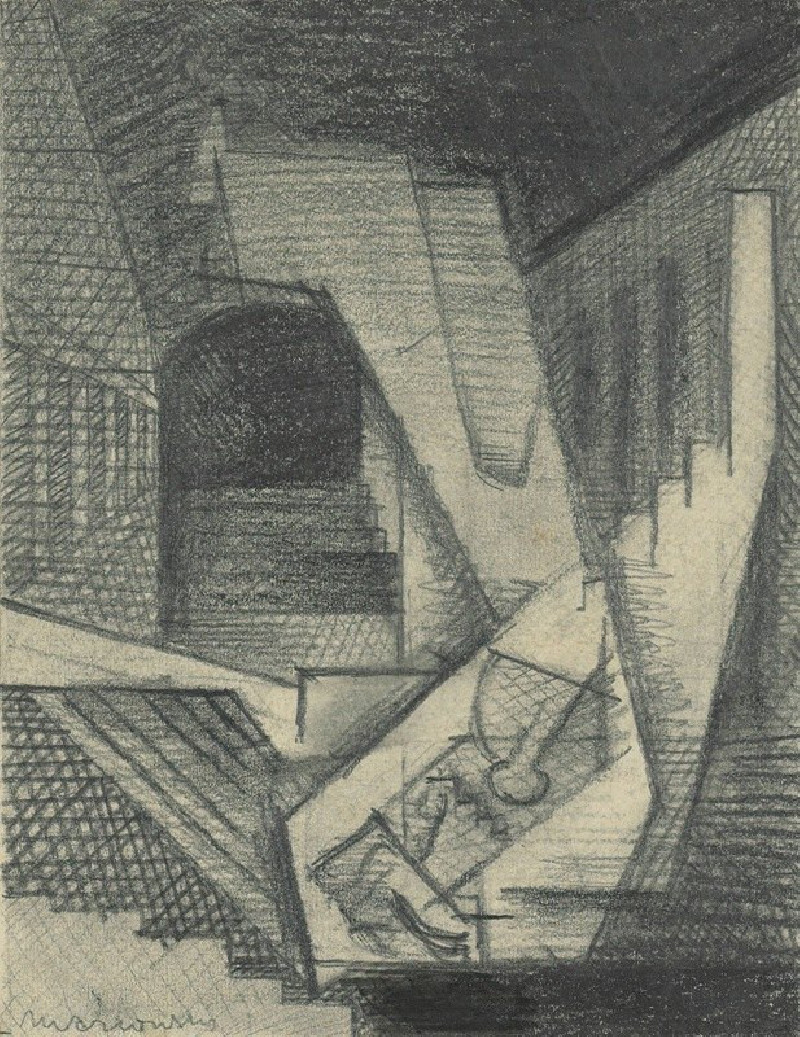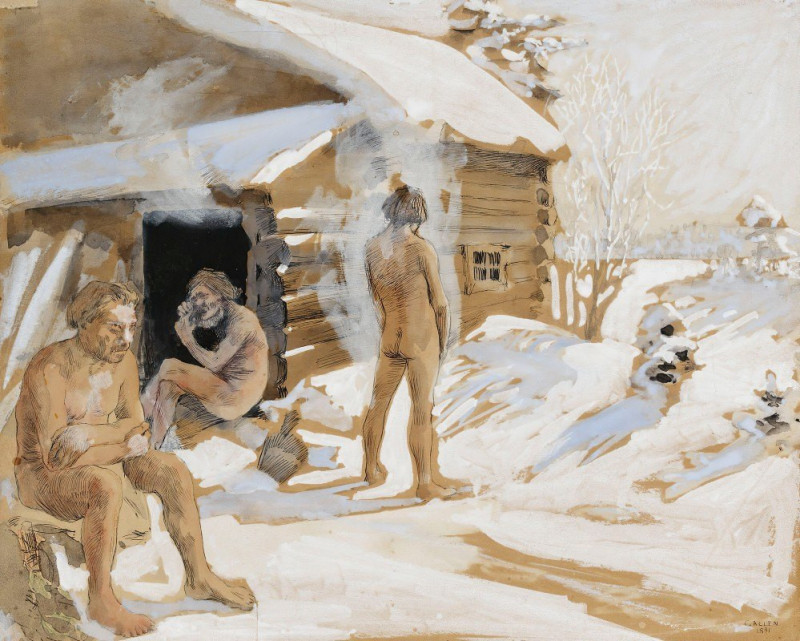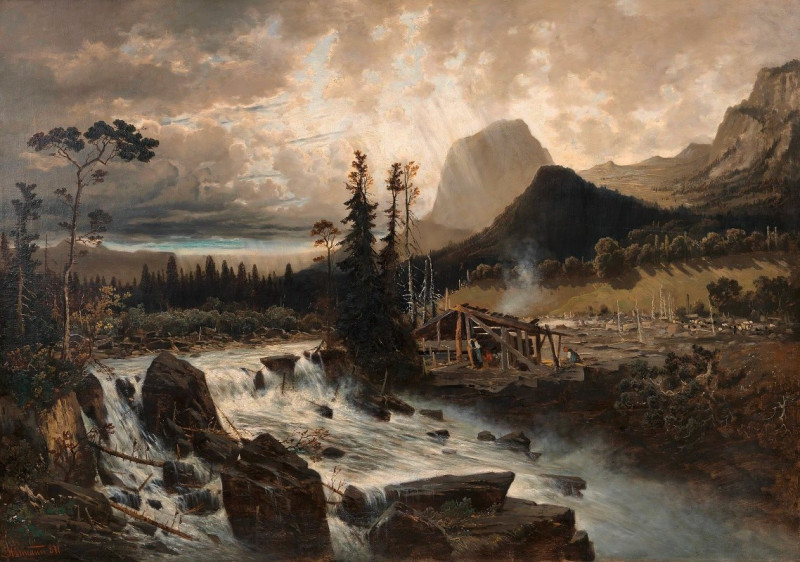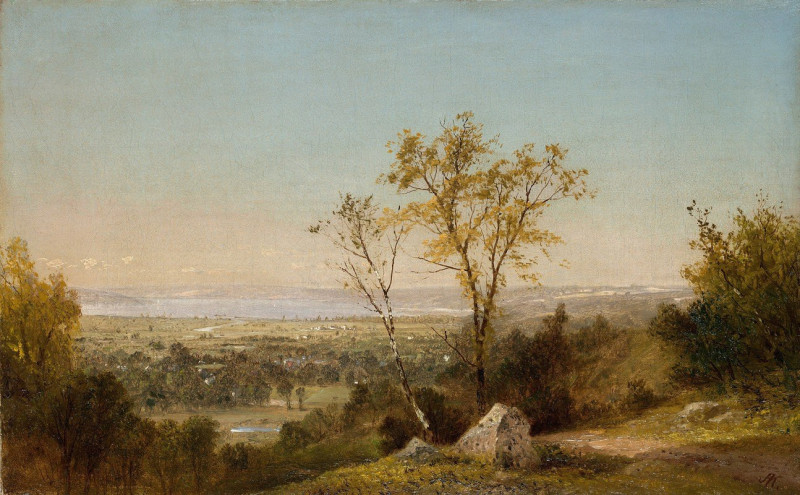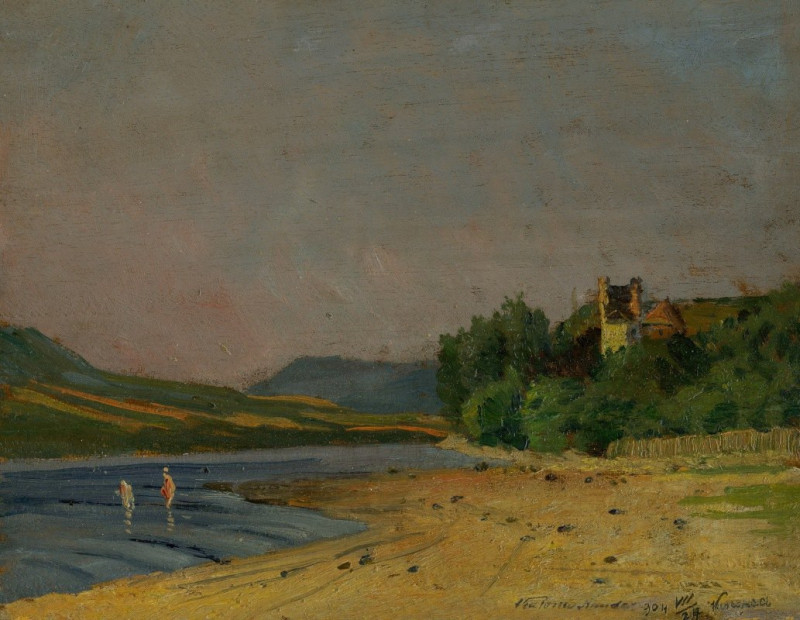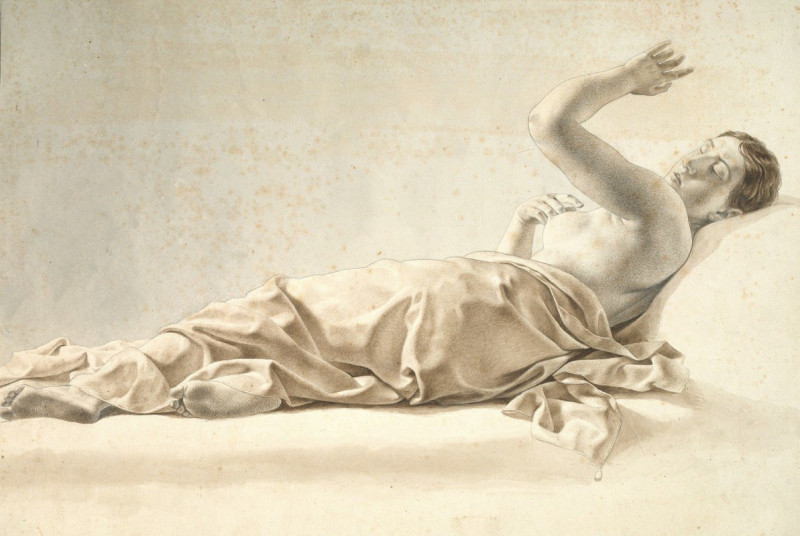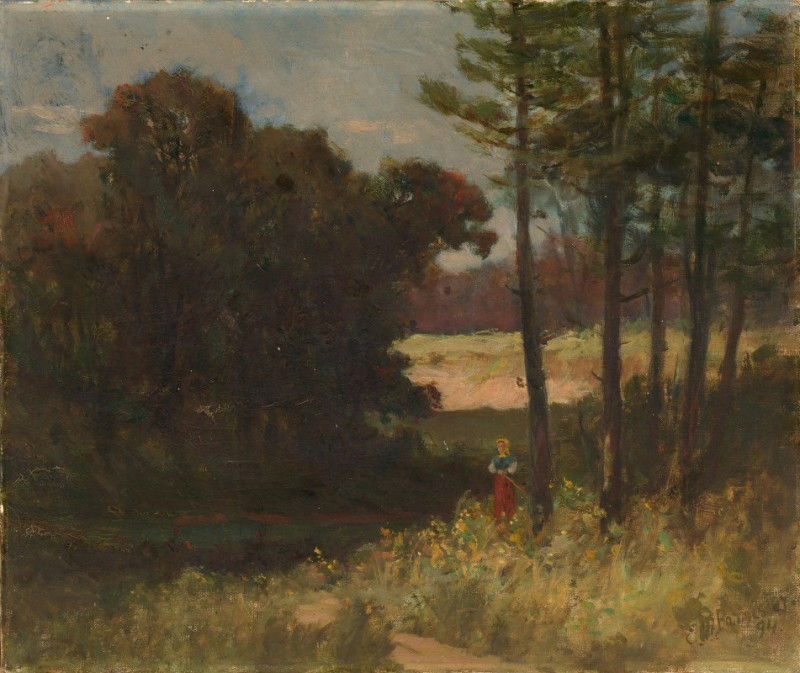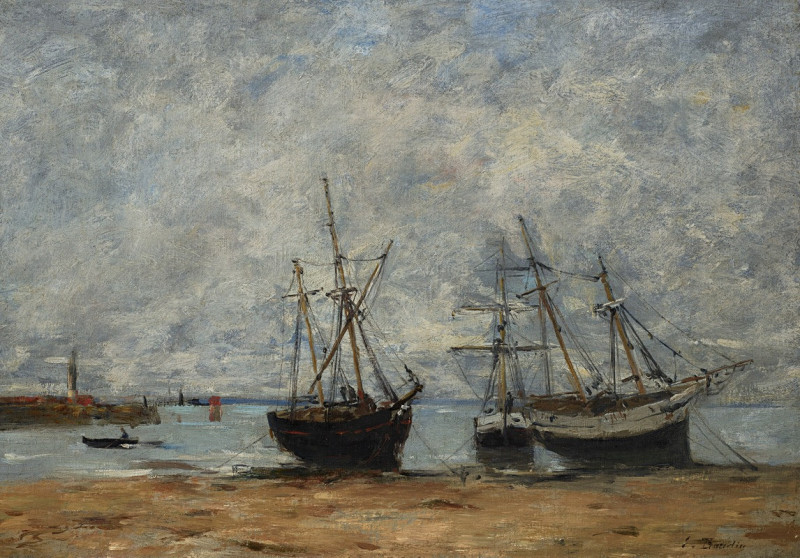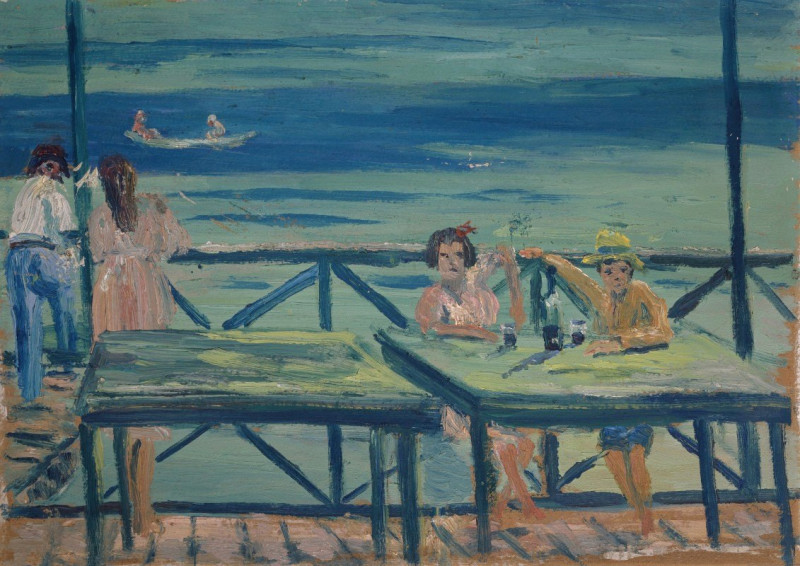Beach near Posillipo (1821)
Technique: Giclée quality print
Recommended by our customers
More about this artwork
Johan Christian Dahl's evocative painting "Beach near Posillipo" from 1821 encapsulates the dynamic tension between the tranquility of nature and the remnants of human activity. This artwork features a dramatic coastal scene near the Posillipo area, just outside Naples, Italy, known for its picturesque landscapes and historical significance.The painting is divided into a complex interplay of elements. On the left, crumbling ruins reflect the glory and decay of past civilizations, standing like silent spectators overlooking the sea. These structures are rendered in earthy tones, suggesting both their age and organic integration into the landscape.In contrast, the right side of the canvas presents a vast, open sea, dominated by the presence of Mount Vesuvius in the distance. Its subtle portrayal suggests a looming quietude yet underscores potential volatility. Closer to the foreground, the sea interacts with the rugged coastline, its waves captured in mid-motion—crests of white foam animating the otherwise serene palette.A solitary boat with two figures traverses this boundary between land and sea, adding a human element that is both a part of and apart from the natural and architectural tableau. Their presence introduces themes of daily life and survival, contrasting with the timeless and abandoned ruins.This painting not only showcases Dahl's mastery of atmosphere and mood but also serves as a reflection on the passage of time—highlighting nature's enduring presence amidst human impermanence.
Delivery
Returns
Johan Christian Claussen Dahl, often known as J. C. Dahl or I. C. Dahl, was a Danish-Norwegian artist who is considered the first great romantic painter in Norway, the founder of the "golden age" of Norwegian painting, and, by some, one of the greatest European artists of all time. He is often described as "the father of Norwegian landscape painting" and is regarded as the first Norwegian painter to reach a level of artistic accomplishment comparable to that attained by the greatest European artists of his day.

